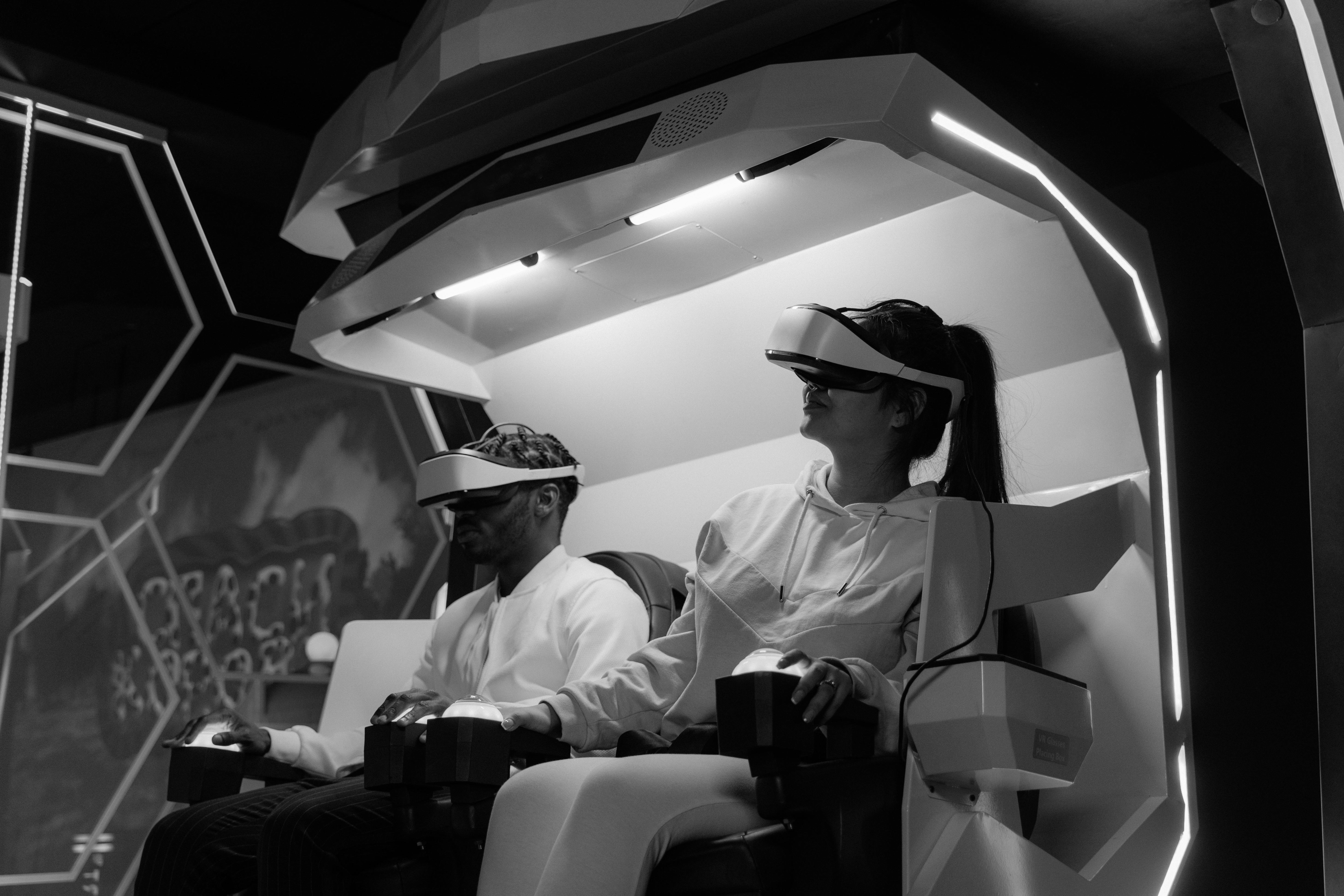An Acre of Glass – The History of the Telescope
The history of the telescope is an interesting read. During the development of the telescope, practical experiments with reflectors had already begun in 1639, but it was not until 1663 that they came to prominence.
The Gregorian Telescope
In that year, a Scottish mathematician, James Gregory, at the age of 24, published a treatise entitled Optica Promota. In it, he gave a description of a compound reflecting telescope that employs two concave specula (metal mirrors). The largest was to be perforated and have a paraboloid surface; the smallest was to be ellipsoidal. High magnification can be obtained with this instrument, the second reflection amplifies the focal length of the primary by the ratio of fs to Fs.
Construction of the telescope was undertaken, but any chance it might have had of working satisfactorily was lost by polishing the speculum on a cloth limpet; putty (tin oxide) was used as a polishing agent. The inflexible turn was an insurmountable barrier to parabolization, interest apparently waned, and some 60 years passed before a workable model was finally produced.
The Cassegrainian Telescope
Sieur Cassegrain, a Frenchman, in 1672 designed a second compound reflector, differing from Gregory’s in that he used a convex secondary, hyperboloid in shape, placed within the focus of the paraboloid primary.
While the Gregorian is considered to be capable of further augmentation, all that is needed can be obtained from the Cassegrainian, and it has the advantage of being a much more compact instrument. Although little was known about this telescope for the next two centuries, it is worth noting that it outlived the Gregorian and is still widely used in observatories.
the newtonian telescope
The history of the telescope takes an interesting turn at this point. In the same year, Newton designed and built two small reflectors, of the type so popular with amateur astronomers today and still named after him. They weren’t large like the telescopes we know today, the effective apertures of the concave specula were about 1 1/3″. Their focal length was 6″, making the focal ratio f/4.5. 6.
Newton, according to his Opticks (1704), polished his specula over pitch, using putty as a polishing agent. His methods were ingeniously calculated to produce a spherical surface, and it is highly probable that a close approximation to that figure was achieved. But the performance of even a spherical mirror of Newton’s proportions could hardly be satisfactory due to the large amount of spherical aberration present.
Although Newton thought that his mirror might not have good definition, he “despaired of doing the job” (by parabolizing the speculum), yet he “did not doubt but that the thing could be accomplished in some measure by mechanical devices”.
It could be concluded that if the center of the mirror were adequately deepened, that is, given a shorter radius, or if the radii of the outer zones were progressively lengthened, or if a little of each was made, all the reflected rays could be brought to a common approach. That is a practical solution, and the resulting surface in each case is a paraboloid.
Standard practice is to deepen the spherical mirror so that, for a 6-inch f/8 mirror, the glass removed in the operation is no more than half the light wavelength thick at the center. Incredible as it may seem, this represents the difference between a bad and a good definition.
Kepler’s single-lens eyepiece had already been improved, with the addition of another element, by Christian Huygens, a Dutch astronomer and mathematician, around 1650. The field lens, like Galileo’s concave lens, is placed in front of the focal plane of the objective. However, because it is convex, it further converges the rays to form a slightly smaller image at a new focal plane, which is then magnified by the eye’s lens. Therefore, the eyepiece covers a much wider field of view.
These were important developments in telescope history on the way to our current powerful telescopes.
